Viola sororia (Common Blue Violet) is a low-growing native that brings spring color, pollinator support, and even a few edible surprises. Often popping up in lawns, woodlands, and shady gardens, this native violet is beloved for its heart-shaped leaves and rich purple flowers.
Most of my lawn is common blue violet in spots instead of grass. Honestly i prefer the feel of the leaves on my barefeet over grass. But becareful the common blue violet or woolly blue violet, can be considered aggressive, especially in ideal growing conditions.
What is Common Blue Violet?
Viola sororia is a herbaceous perennial native to eastern and central North America. It thrives in shady or partially sunny areas, forming low, spreading colonies. The early spring blooms are an important nectar source for pollinators emerging from winter dormancy.
Botanical Details:
- Scientific name: Viola sororia
- Family: Violaceae (Violet Family)
- Common names: Common Blue Violet, Woolly Blue Violet
- Height: 4–6 inches tall
- Bloom time: Early to mid-spring (April–June)
- Flowers: Purple-blue, sometimes white or bi-colored
- Hardiness zones: USDA 3–9
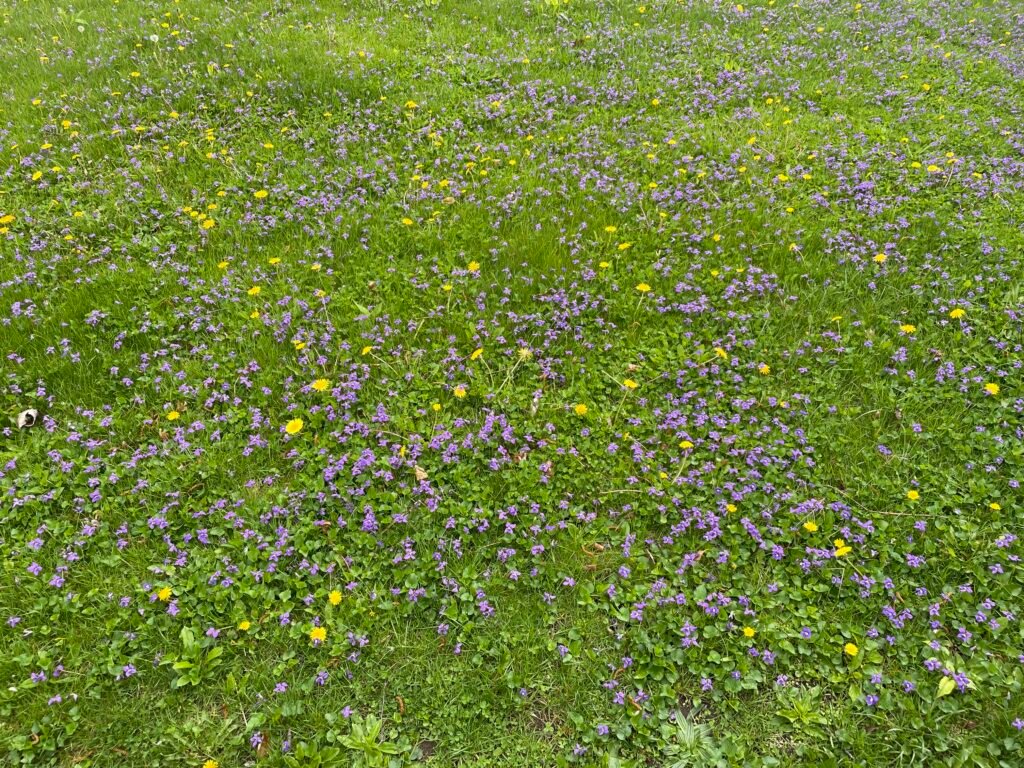
Why Plant Common Blue Violet?
Pollinator Support
This early-blooming violet provides essential nectar for native bees and syrphid flies in spring. It also serves as a larval host plant for several fritillary butterflies, including the Edward’s, Great Spangled, Coronis, Mormon, and Variegated Fritillaries. Its blooms attract small solitary bees and other beneficial insects as well.
Tough & Adaptable
Viola sororia tolerates a range of conditions, including poor soils and medium foot traffic. It spreads easily, making it an excellent low-maintenance groundcover or lawn alternative in shady areas.
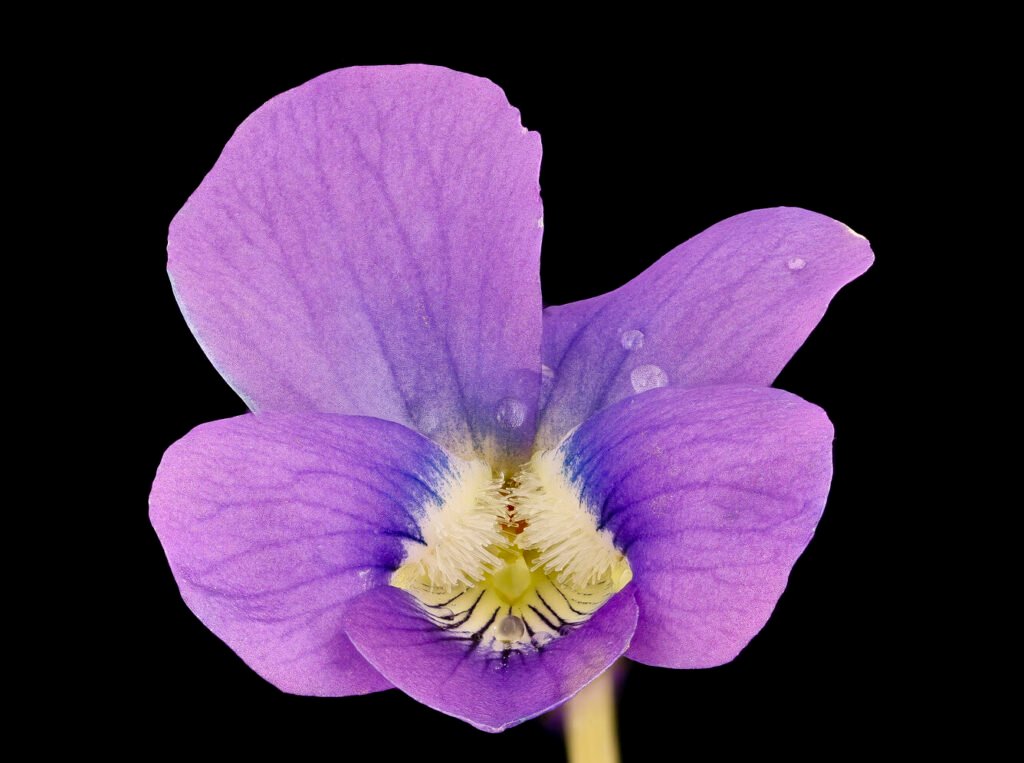
Growing Conditions
Sunlight:
- Prefers part shade to full shade
- Can tolerate some sun with adequate moisture
Soil:
- Adapts to many soil types, including clay and loam.
- Prefers moist, rich soil but can handle drought once established
Water:
- Enjoys consistent moisture
- Tolerates some dryness after establishment
Check out the hive
The Hive is a personalized native plant database, curated from scientific resources and tailored to your exact ecoregion. It offers detailed growing information for over 75 species.
How to Grow Common Blue Violet
Planting:
- Plant bare roots or nursery plugs in spring or fall
- Space 6–12 inches apart to allow for spreading
Maintenance:
- Little needed — may self-seed and spread by rhizomes
- Can be mowed or trimmed to maintain shape
- Remove spent flowers to reduce aggressive reseeding if desired
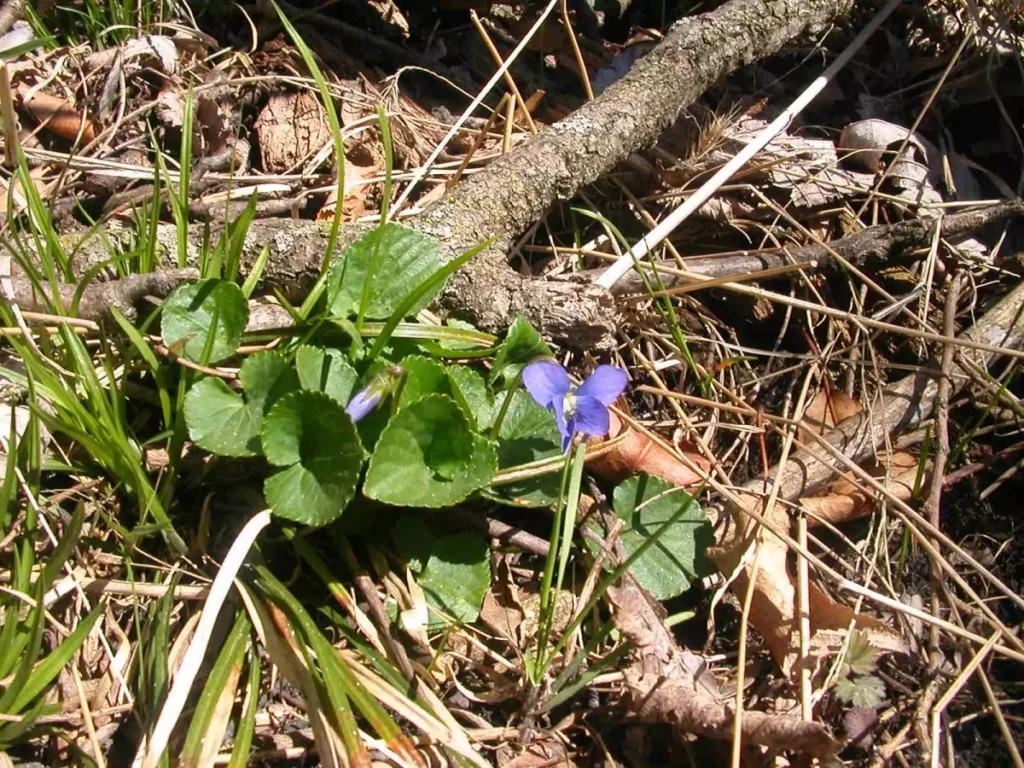
Edibility and Traditional Uses
The Common Blue Violet isn’t just beautiful—it’s edible. Both the flowers and young leaves can be consumed raw or cooked. The blossoms have a mild, slightly sweet flavor and are often used in salads, desserts, or to make herbal jellies. Young leaves are rich in vitamins A and C and can be eaten fresh or sautéed like spinach.
⚠️ Note: While the roots are technically edible, they have strong laxative effects and are best avoided. Always ensure proper plant identification before consuming, and individuals with G6PD deficiency should avoid internal use due to potential health risks, according to Chestnut School of Herbal Medicine. Again please be sure to identify the plant properly.
Companion Plants
Viola sororia pairs beautifully with early bloomers and shade-tolerant natives like:
- Wild Ginger (Asarum canadense)
- Pennsylvania Sedge (Carex pensylvanica)
- Woodland Phlox (Phlox divaricata)
- Golden Ragwort (Packera aurea)
These combinations create a rich tapestry of texture and seasonal interest for woodland and shade gardens.
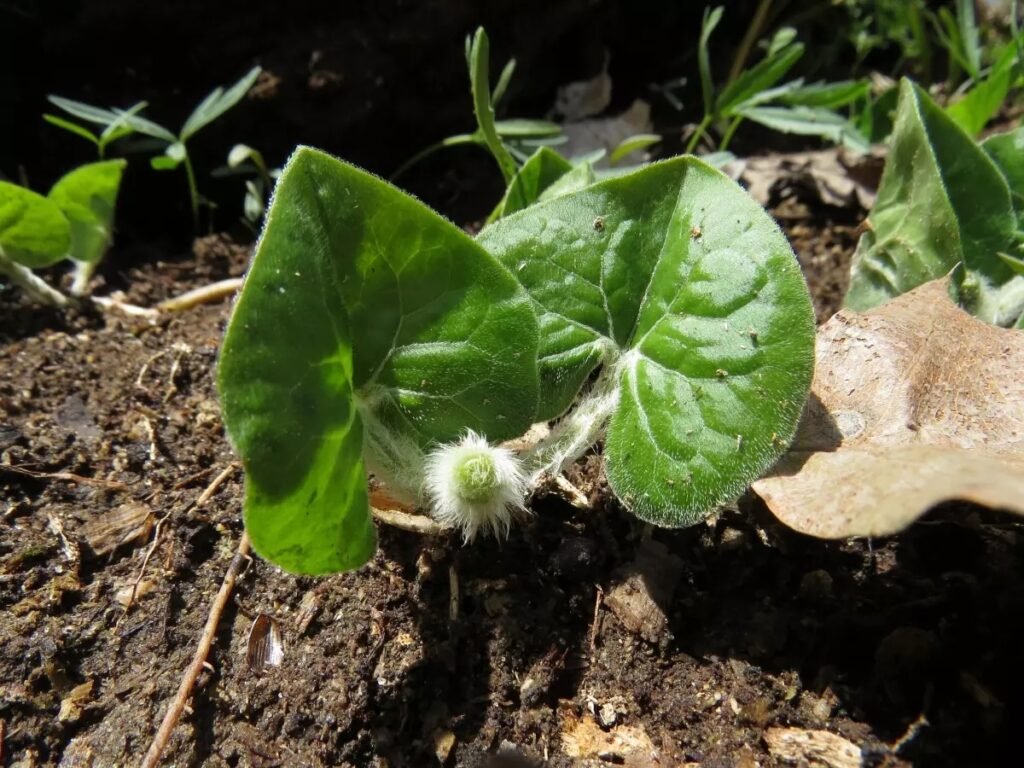
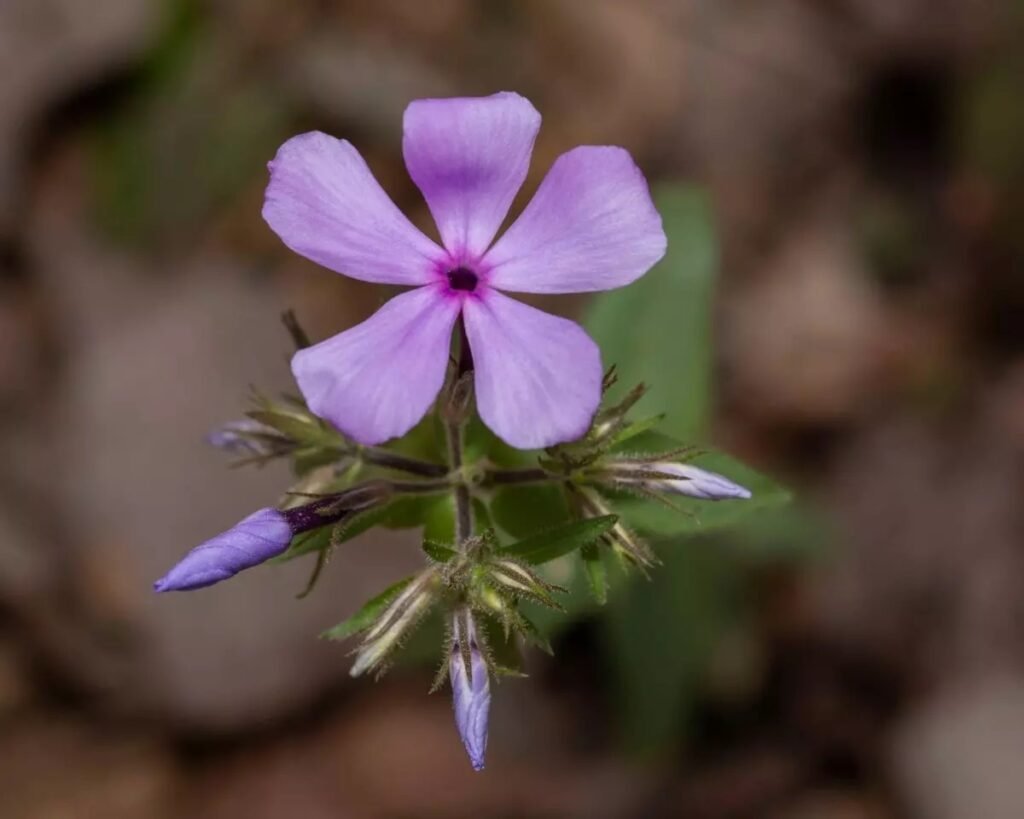
Planting Common Blue Violet Contributes To:
- Supporting early-season pollinators
- Restoring woodland understory ecosystems
- Offering natural groundcover for shaded areas
- Adding beauty and ecological value to low-maintenance landscapes
Final Thoughts
Viola sororia is more than a pretty face—it’s a pollinator-friendly, edible native that thrives where other plants struggle. By welcoming this unassuming violet into your landscape, you’re supporting biodiversity, beautifying shaded spaces, and maybe even adding something tasty to your spring salad.



